Tuning traditional archery gear is something that seems to confuse the hell out of people when it shouldn’t. It’s not all that complicated but with all the different methods looking at different indicators it’s easy to see how it can be a little overwhelming for beginners. Let’s take a look at what tuning is, why it’s important and how to tune our traditional bow and arrows for perfect flight.
I’m going to get fairly detailed in this post and video, talking about the different forces that are exerted on an arrow when it’s shot. So, if you like to understand the fundamentals of tuning, this is for you. But if you just want to know what to do to correct nock left, right, up or down, then you’ll find that as well. Let’s dig in.
To understand tuning, we first need to understand the difference between static and dynamic spine. Static spine, 300, 350, 400, etc. for carbon and 50-55, 55-60, etc. for woodies is simply the measure of how stiff the shaft is when spanning two points with a weight suspended from the center. It’s a way to group arrows that will behave similar when shot (all else equal). Static spine is a useful starting point but it certainly doesn’t tell you everything you need to choose the right arrow for your bow. Sorry, but because you shoot a 55 lb bow doesn’t mean you need a 55 lb shaft. It’s a little more complex than that.
What’s important is dynamic spine, or the degree of deflection around the bow’s riser when shot. An arrow that is too dynamically weak will flex too much causing the arrow to leave the bow nock left (for a right handed shooter). An arrow that is too dynamically stiff will not flex enough forcing the tip left and the nock right.
This is important because out of tune arrows decrease arrow efficiency and penetration. Additionally, when you add a broadhead to the front of the shaft it magnifies any irregularities and can cause your arrows to plane left (too stiff) or right (too weak) causing inaccuracy. Furthermore, because well tuned arrows need little help from fletchings, we can shoot much smaller fletchings which results in quicker and quieter arrows.
This video will show you how I tune arrows to any longbow, recurve, or selfbow. The concepts work the same for all, so long as they’re tillered well. If you’re needing arrows, shafts, spine testers, etc. 3Rivers will have everything you need. If you’re looking for shooting tips, check out my other blog posts covering that.

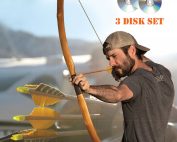
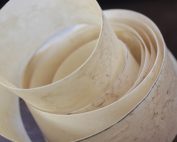
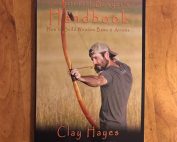
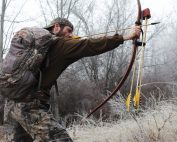

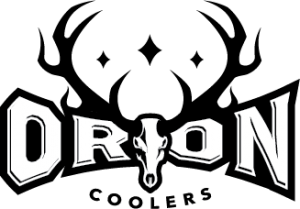

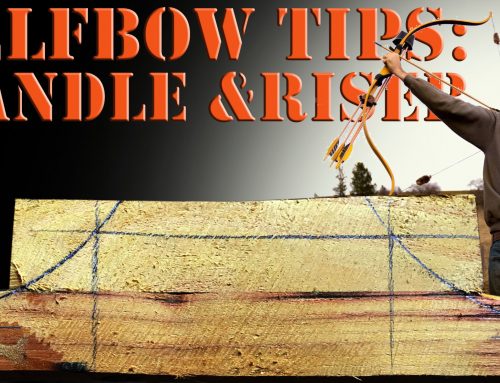
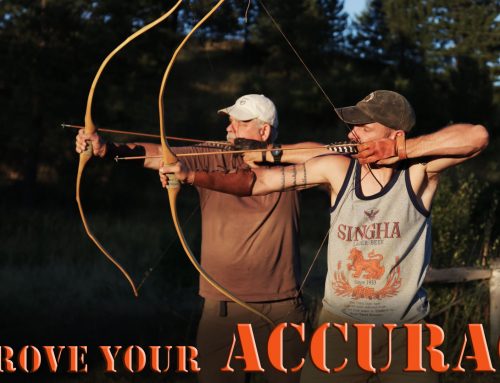
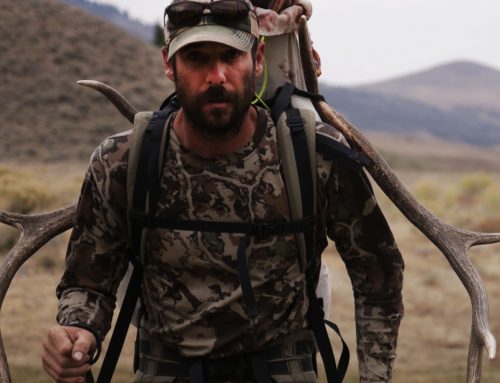
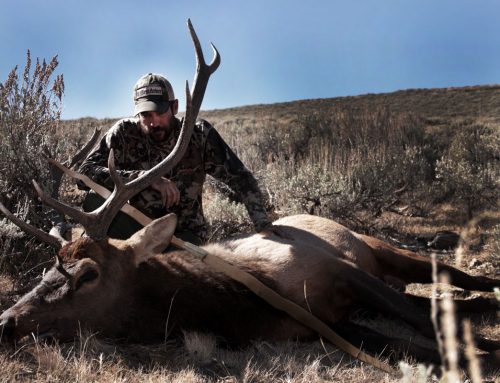
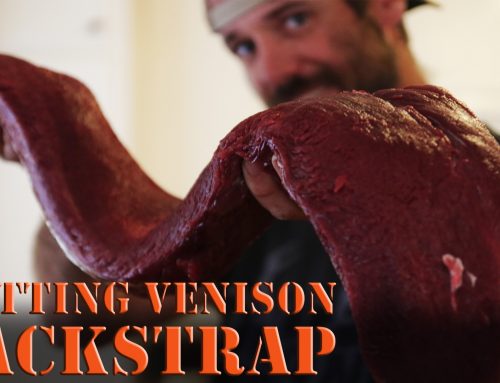
Clay, I watched your video on tuning and to my surprise I finally seen someone who films the shot and watches it in slow motion! A couple years ago when I was messing around with a batch of arrows, my daughter suggested filming it in slo mo on my Iphone and I thought that’s a great idea! It takes the guess work out and I thought this is awesome!! I posted about it on tradbow.com and got only one response?…. I shoot heavy efoc arrows(the tuffhead 225 grn, my broadhead of choice as I hunt Roosevelt Elk) …and it beats the hell out of bare shaft paper tuning ! Like you, I only use these methods to double check my work and fine tune.
Clay, excellent video on bareshaft tuning. I have been frustrated before trying this method of tuning, but now I know it was probably my form. My question today is how far from the target should you be shooting. The first person to show me this method suggested 10 feet. I have noticed from your video that the arrow shifts from right to left and the distance from the target could cause an error. Thanks for your input. George “Buddy” (Vance Henry’s father-in-law). Hope your elk season is going well.
Personally, I shoot at 10 to 15 yards initially. Then move back as I get things dialed in. ch
Thanks, I have done as you suggested and it worked great.